When it comes to prenatal care, healthcare providers use various measures to assess the health of the mother and the developing fetus. One of these measures is using the GTPAL system, an acronym that represents a woman’s obstetric history. In this article, we’ll take a closer look at GTPAL, its meaning, including what it stands for, how it is calculated, GTPAL examples, and its significance in prenatal care.
What is GTPAL?
GTPAL is an acronym used to evaluate a woman’s complete obstetric history. The GTPAL system, which stands for Gravida (G), Term (T), Preterm (P), Abortions (A), and Living children (L).
| Term | Definition |
|---|---|
| Gravida | # of pregnancies |
| Term | # of infants born at 37 weeks or after |
| Preterm | # of infants born between 20-36 weeks |
| Abortion | # of losses before 20 weeks |
| Living | # of living children |
| Para | # of pregnancies that have reached viability, regardless of whether the infants were born alive |
| Primigravida | Woman who is pregnant for the first time |
| Primipara | Woman who has given birth to one child past age of viability |
| Multigravida | Woman who has been pregnant previously |
| Grand multipara | Woman who has carried five or more pregnancies to viability |
| Multipara | Woman who has carried two or more pregnancies to viability |
| Nulligravida | Woman who has never been and is not currently pregnant |
The GTPAL system provides a comprehensive overview of a woman’s reproductive history, including the number of times she has been pregnant and the outcome of each pregnancy. The following are the components of the GTPAL system:
Gravida: The Number of Pregnancies
The first component of GTPAL is Gravida, which refers to the number of times a woman has been pregnant, regardless of the outcome. This includes both current and previous pregnancies regardless if they are live births, stillbirths, miscarriages, and abortions.
For example, a woman who has given birth to three children and had one miscarriage would have a gravida of 4.
Knowing the number of pregnancies can help healthcare providers determine a woman’s risk of certain complications. For example, women who have had multiple pregnancies may be at higher risk for gestational diabetes (McIntyre et al., 2019; Buchanan et al., 2012; Getahun et al., 2010), preterm labor, or preeclampsia.
Para: Number of Viable Pregnancies
Para is the number of deliveries a woman had that reached viability (20 weeks gestation). In the GTPAL system, para is broken down to TPAL:
Term Births: The Number of Full-Term Pregnancies
The “T” of GTPAL is Term, which refers to the number of times a woman has given birth to an infant after 37 weeks of gestation. This is considered a full-term pregnancy.
Having multiple term births can be a good sign for future pregnancies, as it suggests that the woman’s body is capable of carrying a baby to full term without complications. However, it’s important to note that each pregnancy is unique, and previous term births do not guarantee a healthy outcome in future pregnancies.
Preterm Births: The Number of Preterm Pregnancies
The “P” component of GTPAL is Preterm, which refers to the number of times a woman has given birth to a baby before 37 weeks of gestation. This is considered a preterm birth.
Preterm births can be a concern for future pregnancies, as they are associated with an increased risk of complications such as respiratory distress syndrome, jaundice, and developmental delays. Women who have had preterm births should be monitored more closely in subsequent pregnancies to minimize these risks.
Abortions: The Number of Pregnancy Losses
The “A” component of GTPAL is Abortions, which refers to the number of times a woman has lost a pregnancy before the 20th week of gestation. This includes both spontaneous miscarriages and elective terminations.
Knowing the number of pregnancy losses can help healthcare providers assess a woman’s risk of complications such as cervical insufficiency or uterine scarring. It’s important for women who have experienced pregnancy loss to seek support and counseling, as it can be a difficult and emotional experience.
Living Children: The Number of Living Children
The “L” component of GTPAL is Living Children, which refers to the number of children a woman has given birth to who are currently alive. For a woman who had twins or multi gestation pregnancy, this is considered one para and two living children, as this component counts living children individually.
Understanding the number of living children can be helpful in predicting future pregnancy outcomes. For example, women who have had multiple living children may be at higher risk for certain complications such as placenta previa or uterine rupture.
Importance of Understanding GTPAL on Pregnancy Outcomes
By looking at a woman’s GTPAL history, healthcare providers can assess her risk of certain complications and make informed decisions about her care during pregnancy. For example, a woman with a high gravidity may be at higher risk for complications such as pre-eclampsia, while a woman with a history of preterm birth may be at higher risk for repeated preterm births in future pregnancies. However, it’s important to note that GTPAL is just one of many factors that can impact pregnancy outcomes.
Factors such as maternal age, preexisting health conditions, and lifestyle choices can also play a role in pregnancy outcomes. It’s important for nurses to work with their clients to manage these factors and optimize their chances of a healthy pregnancy. Additionally, knowing a woman’s gravidity and parity is important for estimating due dates, determining the appropriate level of prenatal care, and planning for delivery.
GTPAL Examples and Practice Questions
Below are a few example scenarios that can assist you in becoming proficient in utilizing the GTPAL system.
1. Hannah Smith, a 29-year-old female, is pregnant for the fourth time. During obstetric history taking, she mentioned that she has an abortion at 8 weeks gestation. She had a daughter who was born at 39 weeks gestation and another daughter born at 34 weeks. Hannah’s obstetric history would be document as follows:
2. Joy, a 30-year-old female, had two pregnancies that end in miscarriages at 12 weeks and is now 12 weeks pregnant. Her obstetric history would be document as follows:
3. Sarah is a 32-year-old female who is pregnant for the third time. She had twins at 36 weeks and a son at 38 weeks gestation.
4. Stephanie is pregnant for the first time. Using the GTPAL system, what is her obstetric history?
5. Isabelle is currently pregnant and had reported a miscarriage at 12 weeks during history taking. Her son, Joseph, who is now 5 years old, was born at 36 weeks gestation. She also has a daughter born at 39 weeks who is now 4 years old, and another son born at 25 weeks but died shortly after delivery. What is Isabelle’s obstetric history?
6. Lisa is 8 weeks pregnant and had triplets born at 35 weeks gestation. She also reported to have 3 miscarriages between 10 and 12 weeks.
7. Sally is a 32-year-old female who comes to you for her prenatal assessment. She is currently 25 weeks pregnant with twins. She has 5 living children where in four were born at 39 weeks gestation, and one child was born at 28 weeks gestation. Two years ago, she reported she had a miscarriage at 10 weeks gestation.
- Using the GTPAL system, Mrs. Smith’s GTPAL would be: Gravida 4, para 1112
- Using the GTPAL system, Joy’s obstetric history would be Gravida 3, para 0020
- Sarah’s GTPAL would be: Gravida 3, para 1103
- Stephanie’s GTPAL would be: Gravida 1, para 0000
- Using the GTPAL system, Isabelle’s GTPAL would be: Gravida 5, para 1212
- Lisa’s GTPAL would be: Gravida 5, para 0133
- Sally’s GTPAL would be: Gravida 7, para 4115
In conclusion, understanding gravidity and parity using the GTPAL system is an essential tool for healthcare providers. By using the GTPAL system, providers can quickly and accurately assess a woman’s reproductive history and determine her potential risks during pregnancy. By providing comprehensive care based on this information, healthcare providers can help ensure the health and well-being of both mother and baby.
References and Sources
- Buchanan, T. A., Xiang, A. H., & Page, K. A. (2012). Gestational diabetes mellitus: risks and management during and after pregnancy. Nature Reviews Endocrinology, 8(11), 639.
- Getahun, D., Fassett, M. J., & Jacobsen, S. J. (2010). Gestational diabetes: risk of recurrence in subsequent pregnancies. American journal of obstetrics and gynecology, 203(5), 467-e1.
- McIntyre, H. D., Catalano, P., Zhang, C., Desoye, G., Mathiesen, E. R., & Damm, P. (2019). Gestational diabetes mellitus. Nature reviews Disease primers, 5(1), 47.
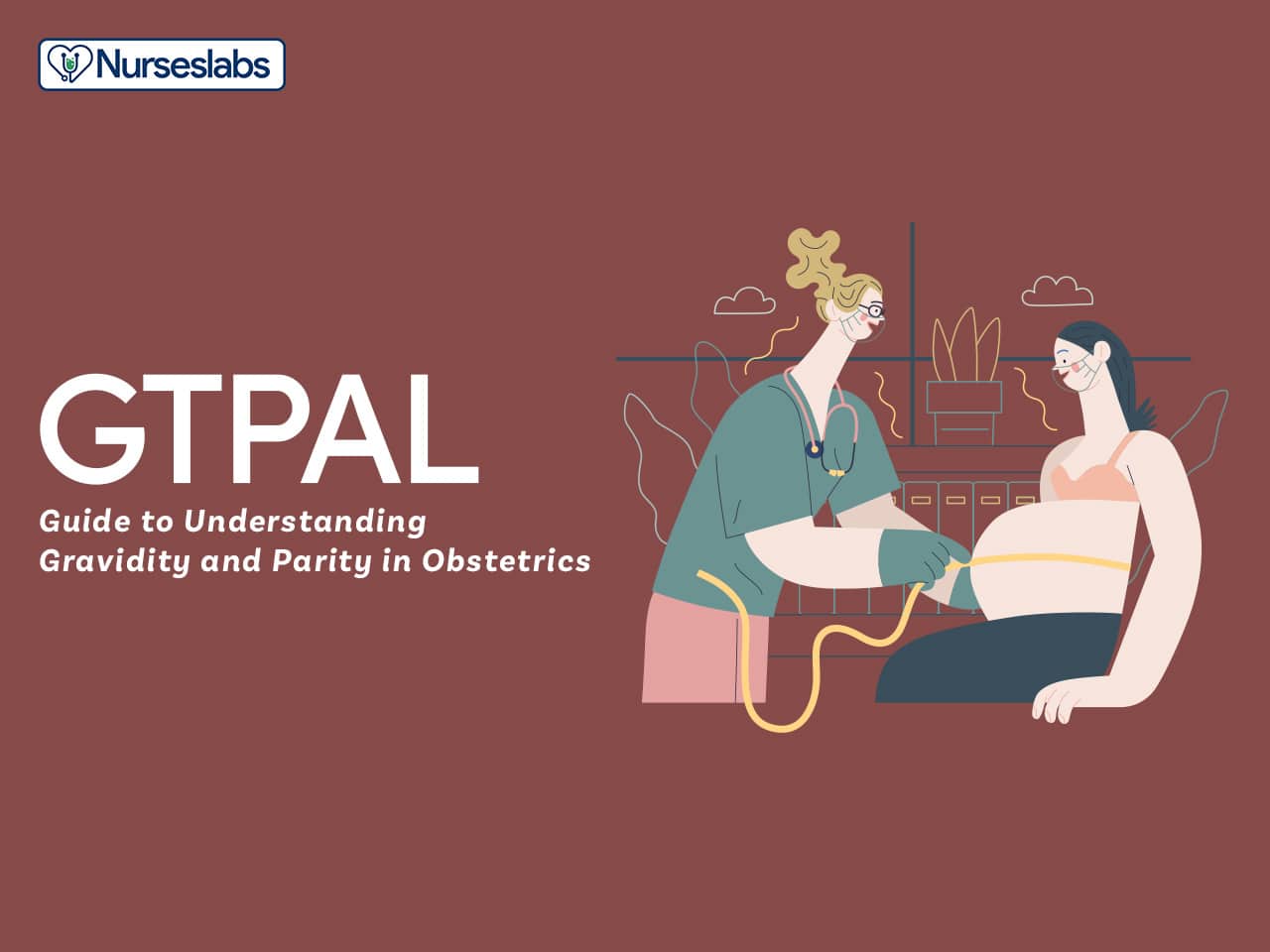





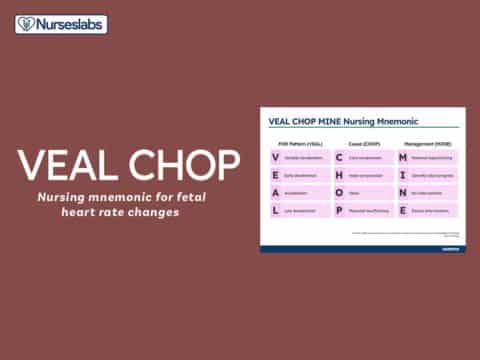
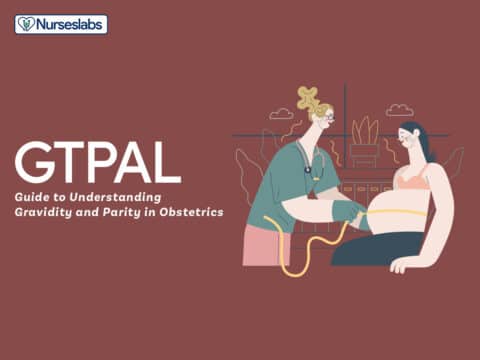
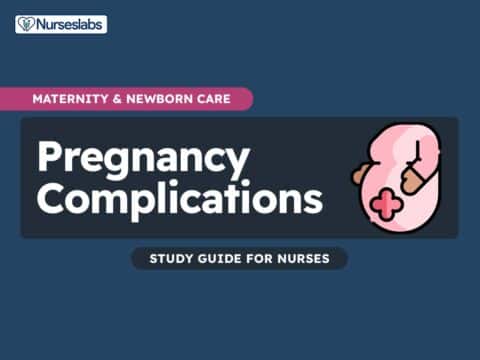
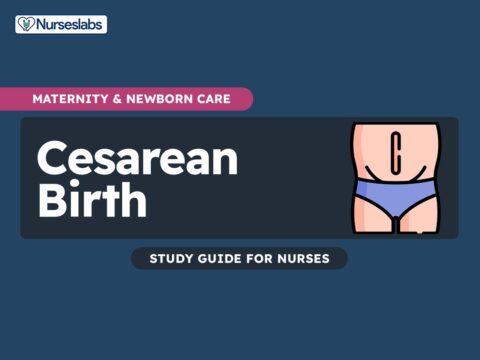
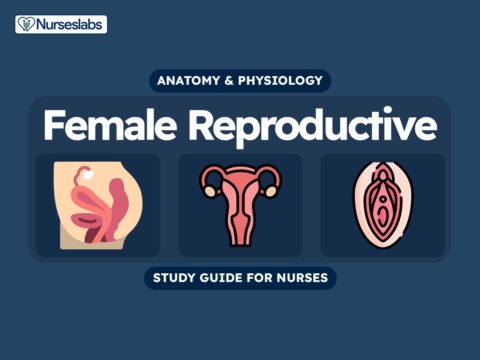

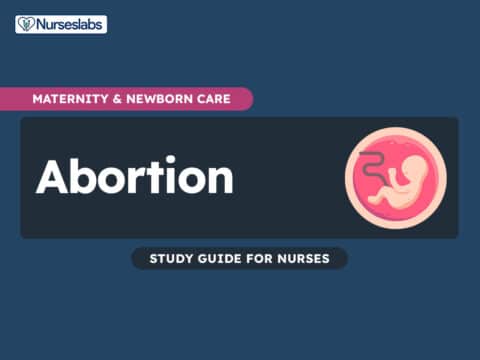
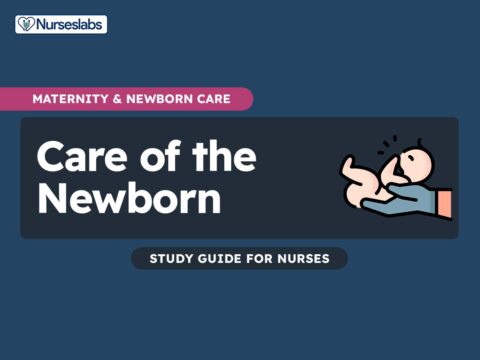
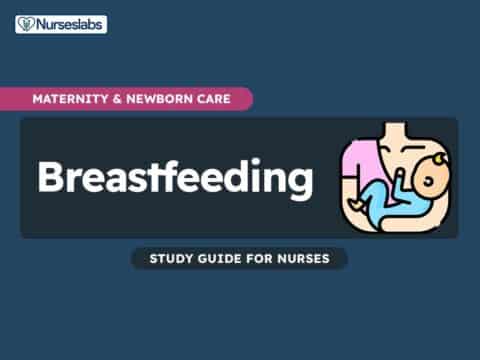
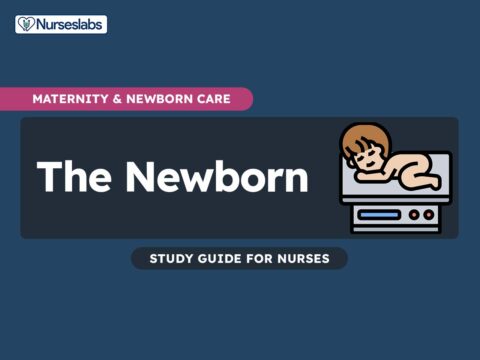
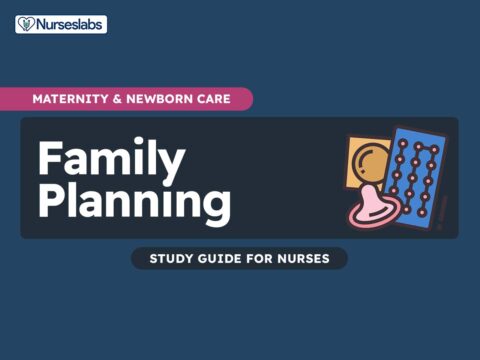


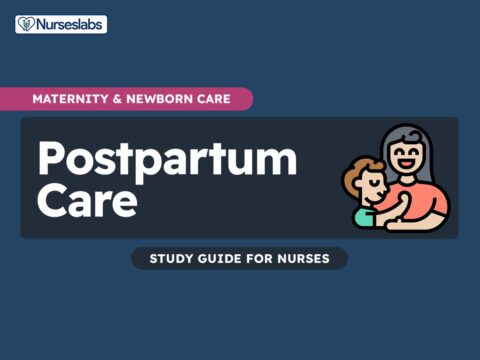
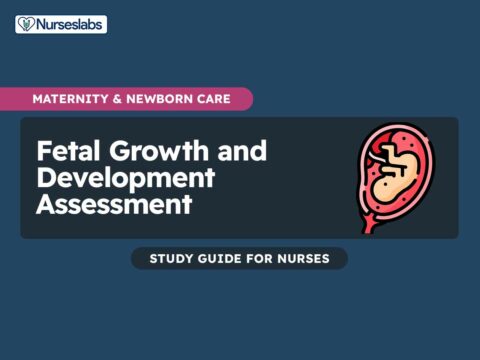

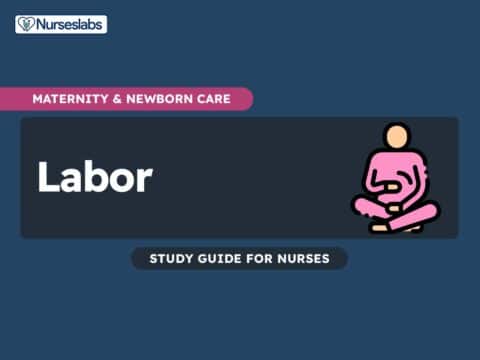
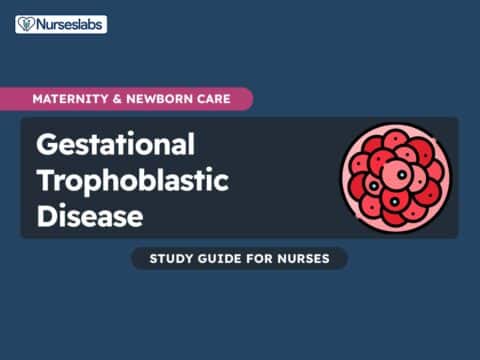
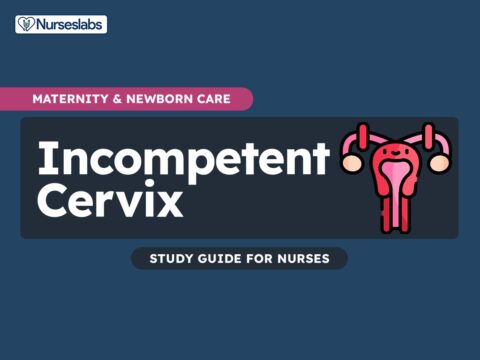
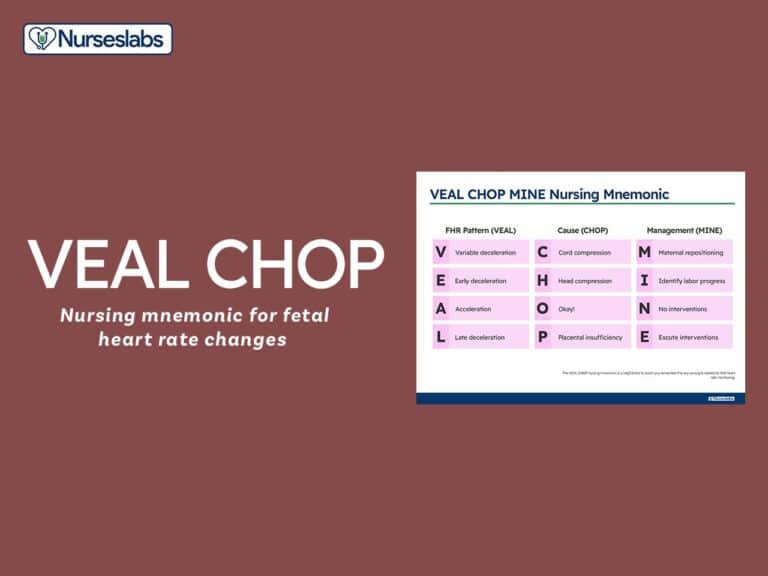

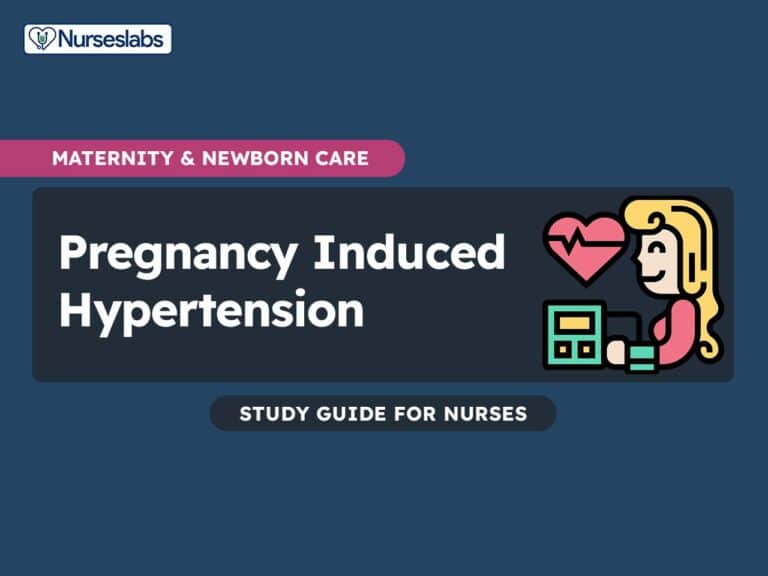
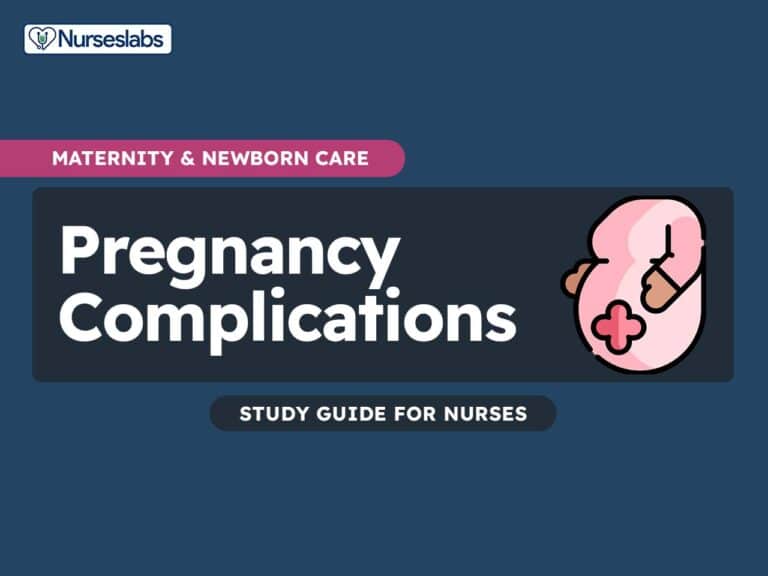


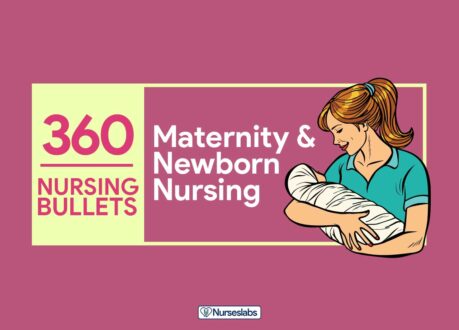
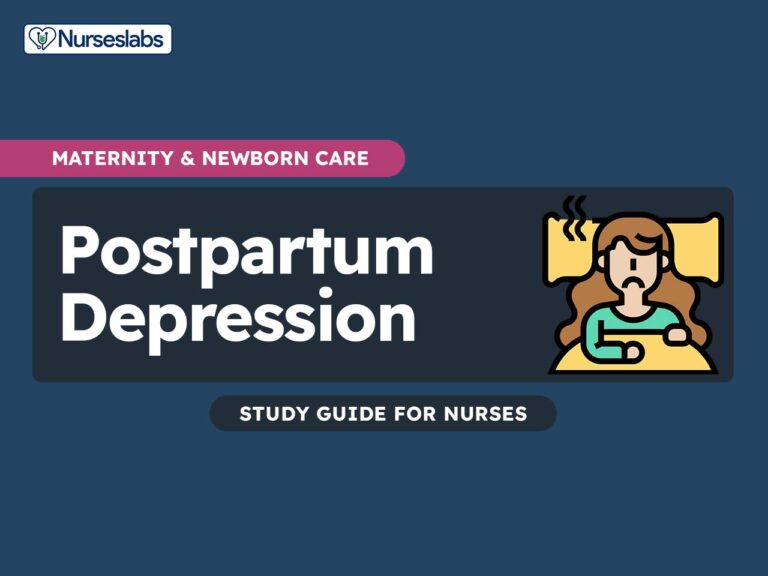
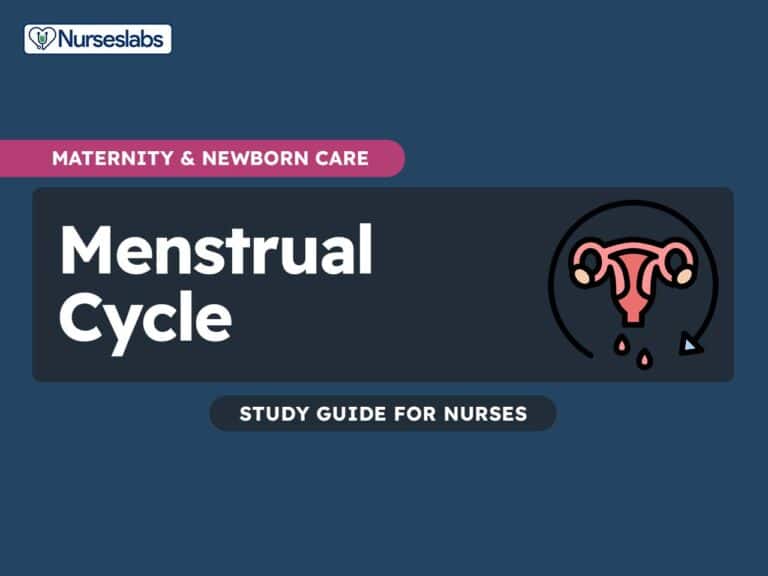


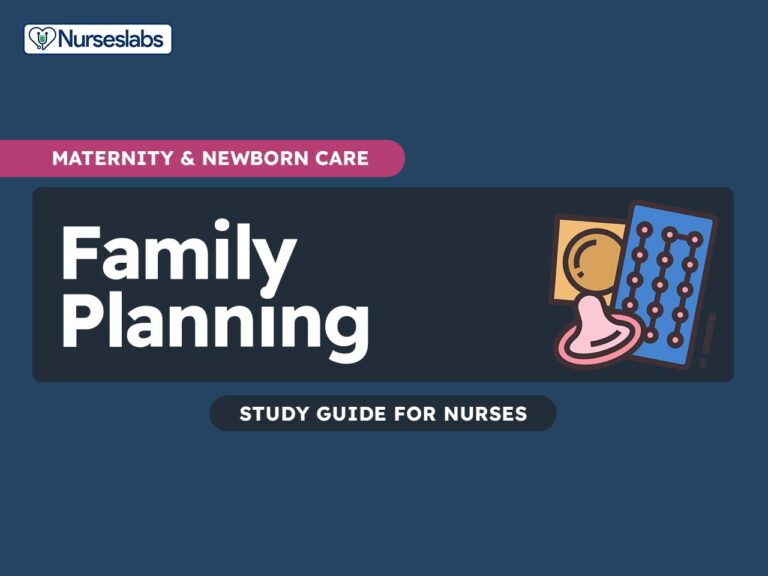
Leave a Comment